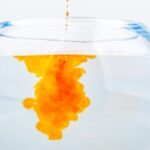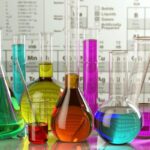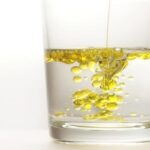We explain what the solute and the solvent are and what the role of each one is. Also, several examples of these two components.

What are the solute and the solvent?
In chemistry, solute and solvent are understood as the two components that make up a solution that is, the two elements whose combination produces a homogeneous mixture or solution.
We will call “solute” the element that dissolves in the other that is, to the substance added to form the mixture. It can be a solid, a liquid or a gas, which is generally found in smaller proportions than the solvent and which, once mixed, is no longer perceptible to the naked eye, that is, it dissolves.
On the contrary, The “solvent” will be that substance that dissolves the other or in other words, it is the substance to which we add the solute and in which the latter dissolves, it is the majority substance of the mixture.
This is usually a liquid (to form liquid solutions) in which a solid, liquid or gas is dissolved; Otherwise, both solute and solvent must be solids or gases at the same time.
Examples of solute
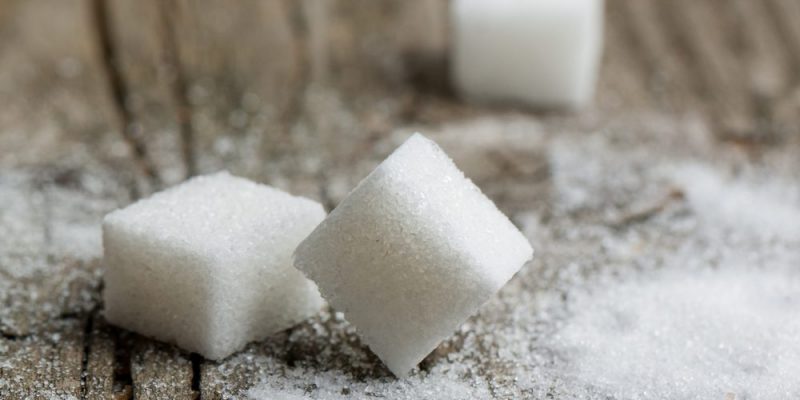
We can list some types of solute, such as:
- Sugar It dissolves in coffee or water, for example.
- Coffee Ground coffee is, in turn, a solute that is diluted in boiling water to obtain an infusion. The same goes for tea.
- Salt It is found dissolved in various quantities in sea water.
- Oxygen It is present among other gases in a homogeneous mixture in the atmosphere.
- Acetic acid When dissolved in water, it forms vinegar.
- carbon dioxide It is used in the food industry, because when it dissolves in water it results in carbonated water (the basis of carbonated drinks).
- Carbon It is used for iron alloys, adding it to the already molten metal and obtaining steel.
Examples of solvent
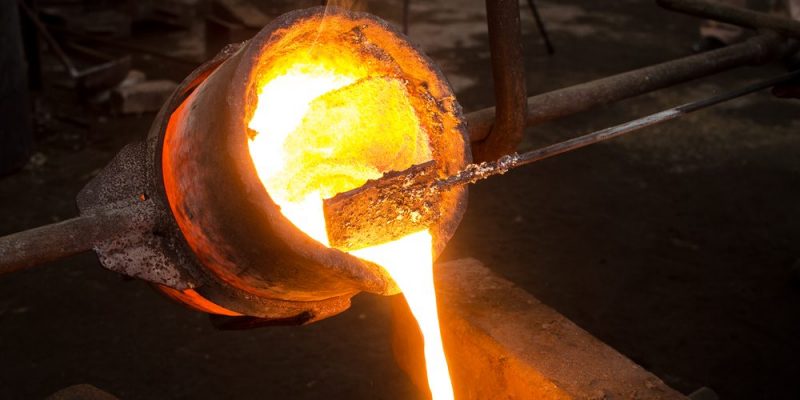
Some simple examples of solvent are:
- Water It is called “the universal solvent” for a reason: almost everything can be dissolved in water.
- Thinner A hydrocarbon-based industrial solvent, usually used to dilute and dissolve paints or plastics.
- Iron In the case of alloys, carbon, zinc, aluminum or other metals are added to cast iron to obtain various variants of steel.
- Air The air we breathe is a homogeneous mixture of gases, in which the carbon dioxide that we exhale when breathing can perfectly dissolve.
- Blood Various organic substances are dissolved in our body's blood, which transports them throughout the circulatory system.

